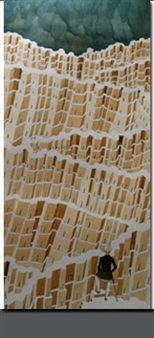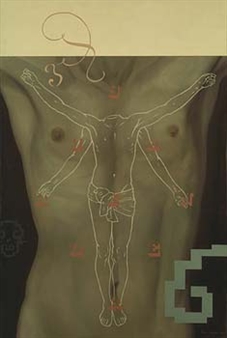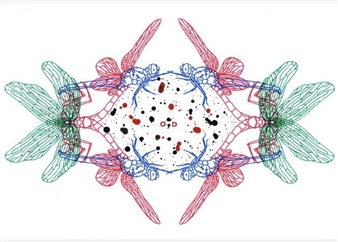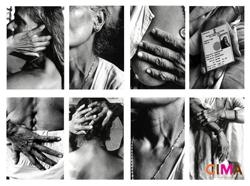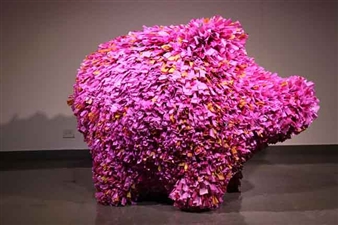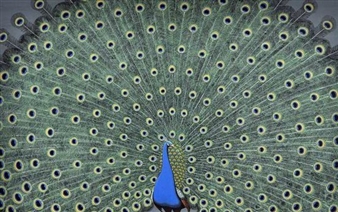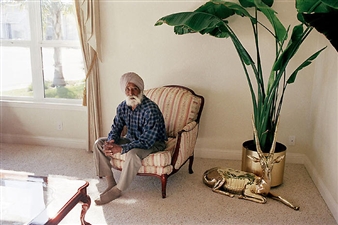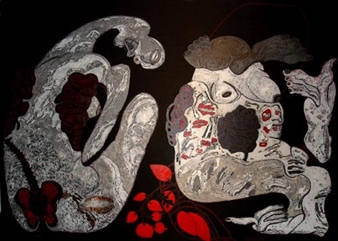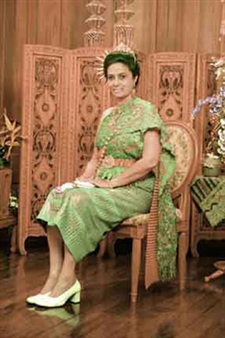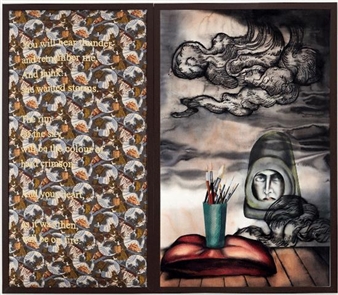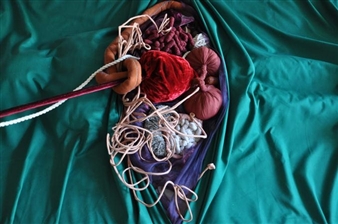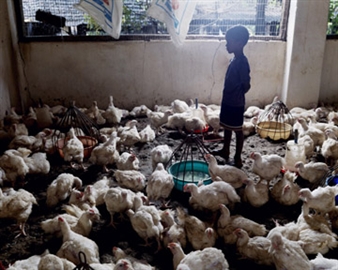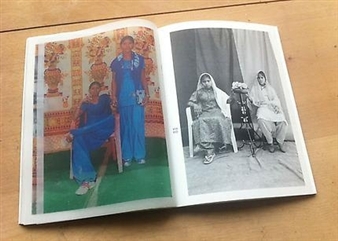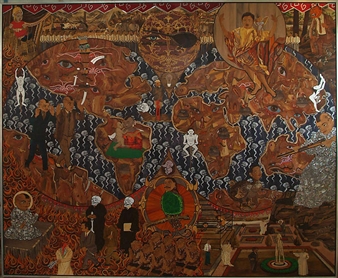The Mark on the Wall
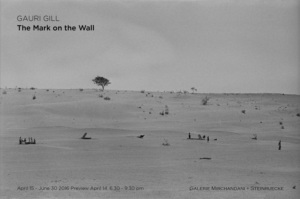
Galerie Mirchandani + Steinruecke, Maharashtra, Mumbai, 04/15/2016 - 06/30/2016
2 Sunny House, 16/18 Mereweather Road, Behind Taj Mahal Hotel, Colaba, Mumbai 400001, India
The exhibition comprises three individual bodies of work. The first is a new set of photo- paintings from the series Fields of Sight (2014-16). A collaboration between Gauri Gill and Rajesh Vangad, the series began in early 2013 in Ganjad, Dahanu, an Adivasi village in coastal Maharashtra. The visual language emerged symbiotically from Gill’s initial experiences of photographing the landscape, when she felt that although her camera was capturing the distinct ‘chameleon-like’ skin of the landscape, it was missing vital aspects of what was not apparent to the eye. In the course of conversations and subsequent excursions with Warli painter Rajesh Vangad – whose family have lived and worked as artists in the village for generations – Gill discovered a new way of understanding the observed landscape. There ensued an extended period of dialogue and exchange between Gill and Vangad, whereby a new narrative emerged, and which makes the photo-paintings documents of multiple truths: ‘As though I was photographing an old house, and the resident of the house came out, and began to speak’. In the act of employing the visual culture of seeing the landscape through the eyes of Vangad, Gill rekindles the need to challenge the way we see things today, what our eyes capture and what may elude them.
In Places, Traces (2016), Gill shows as yet unseen work from 'Notes from the Desert', her ongoing archive of images from rural Rajasthan which began in 1999, and where she continues to return. This set of pictures from Barmer and Bikaner districts, considers signs or marks impressed onto the landscape by ‘the human hand’, in frames marked by the corporeal absence of humans themselves. In this series, the mortal imprints are often photographed from a distance, rendering them in relief against the vastness of the desert. They may depict the concentric circles of a village settlement, the barbed wire boundary between India and Pakistan, a line of thorn hedge to demarcate land between neighbours, a thread of train tracks, a row of shoes in a school yard, the skeleton of a home, clothes missing their wearer, water wells in a heat mirage. Or then, a wall of graves – or remnants of older graves, configurations of stones hand piled in the sand, sometimes impressed with personal offerings, occasionally re-immersing in the ground, half embraced or wholly absorbed: each site as unique and significant as a monumental work of art.
The third and last body of work The Mark on the Wall (2016), lends its title to the current exhibition. Here, Gill documents drawings made by local artists, children and teachers in government schools in Western Rajasthan under the now lapsed Leher Kaksha scheme, initiated by the state to help children learn visually from the walls in their classrooms. From the most tentative marks to those ever more sophisticated, from determined depictions of children making their way to school to individualistic expressions of nature, from maps of the village to symbols of the State, in what these fragments choose to express – to represent, point to, aspire to, or impart as learning – are offered revealing glimpses of the collective mind of a rural community.
For More Information